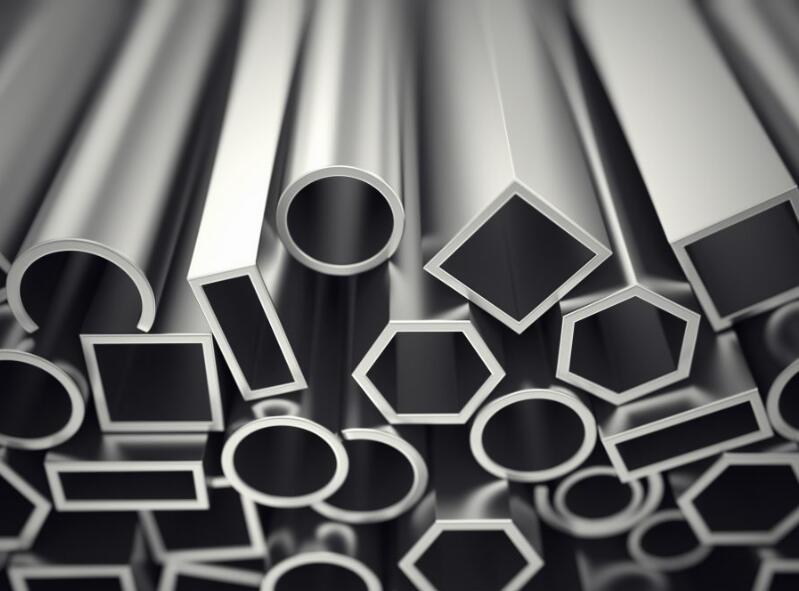Understanding Aluminum Wall Thickness: Impact on Performance and Applications
Aluminum plays a crucial role in modern construction and manufacturing due to its versatility, durability, and lightweight properties. One of the key factors that influence the performance and application of aluminum products is the wall thickness of the aluminum profiles. In this article, we will explore what aluminum wall thickness is, why it is important, and how to choose the right profiles for your needs.
The Importance of Aluminum Wall Thickness
Aluminum wall thickness refers to the thickness of the aluminum cross-section, typically measured in millimeters (mm). This measurement is crucial as it directly impacts several key characteristics of the aluminum profile:
Impact on Strength and Rigidity
Generally, the thicker the aluminum wall, the higher its strength and rigidity. This means that thicker profiles can withstand greater forces and stresses, making them suitable for load-bearing applications.
Effect on Density and Weight
The thickness of the aluminum profile also affects its density and weight. Thicker walls result in denser and heavier profiles. While this can enhance durability, it also means that the product will be heavier and potentially more challenging to handle during installation.
Cost Implications
Thicker aluminum profiles are more costly due to the increased material required. As such, the wall thickness is a significant factor in determining the overall cost of aluminum products.
Standard Thickness Measurements
For broken bridge aluminum, common thickness measurements include 1.4mm, 1.8mm, and 2.0mm. According to national standards, the minimum wall thickness for thermally broken aluminum profiles should not be less than 1.4mm, and for outward-opening doors, it should be at least 2.0mm. Ensuring that the profiles meet these standards is crucial for both safety and performance.
Price and Installation Considerations
The price of aluminum profiles varies with thickness. For example, 1.4mm thick broken bridge aluminum windows typically cost around 400-500 yuan per square meter, while 1.8mm thick windows can cost approximately 800 yuan per square meter. Additionally, thicker profiles require higher installation standards and greater bearing capacity at the connection points to prevent issues such as shaking or falling off.
Deviation Between Nominal and Measured Thickness
It is essential to understand the difference between nominal wall thickness and actual measured thickness. The nominal thickness is the intended measurement, while the actual thickness can vary slightly. For instance, a profile with a nominal thickness of 1.4mm may actually measure 1.42mm. These small deviations are common and acceptable within industry standards.
Recommendations for Consumers
When purchasing aluminum alloy doors and windows, consider the following tips to ensure quality and safety:
- Choose Branded Products: Opt for doors and windows from reputable brands rather than small workshops. Branded products typically have better quality control and are produced using original aluminum profiles.
- System Doors and Windows: These are preferable over ordinary doors and windows. Ensure that the main profile of the door frame is at least 2mm thick and that of the window frame is at least 1.4mm. Additionally, for thermal insulation, choose profiles with PA66 plus 25% glass fiber rather than PVC insulation strips.
Conclusion
Understanding the importance of aluminum wall thickness is vital for making informed decisions when selecting aluminum products. Thicker profiles offer greater strength and durability but come at a higher cost and require stringent installation standards. By prioritizing quality and adhering to national standards, consumers can ensure the safety and longevity of their aluminum doors and windows.
